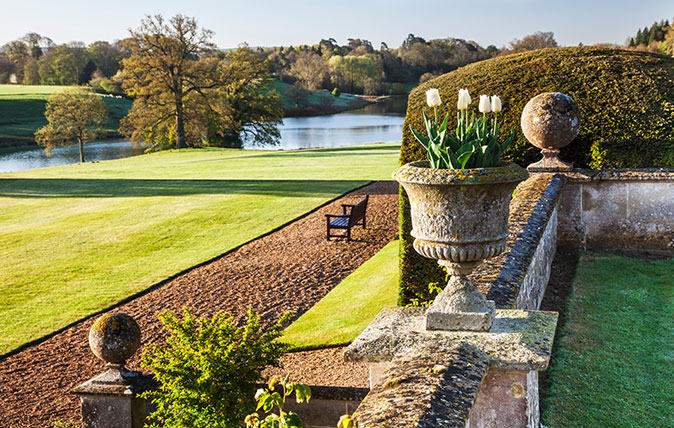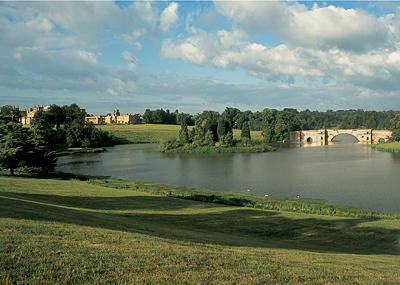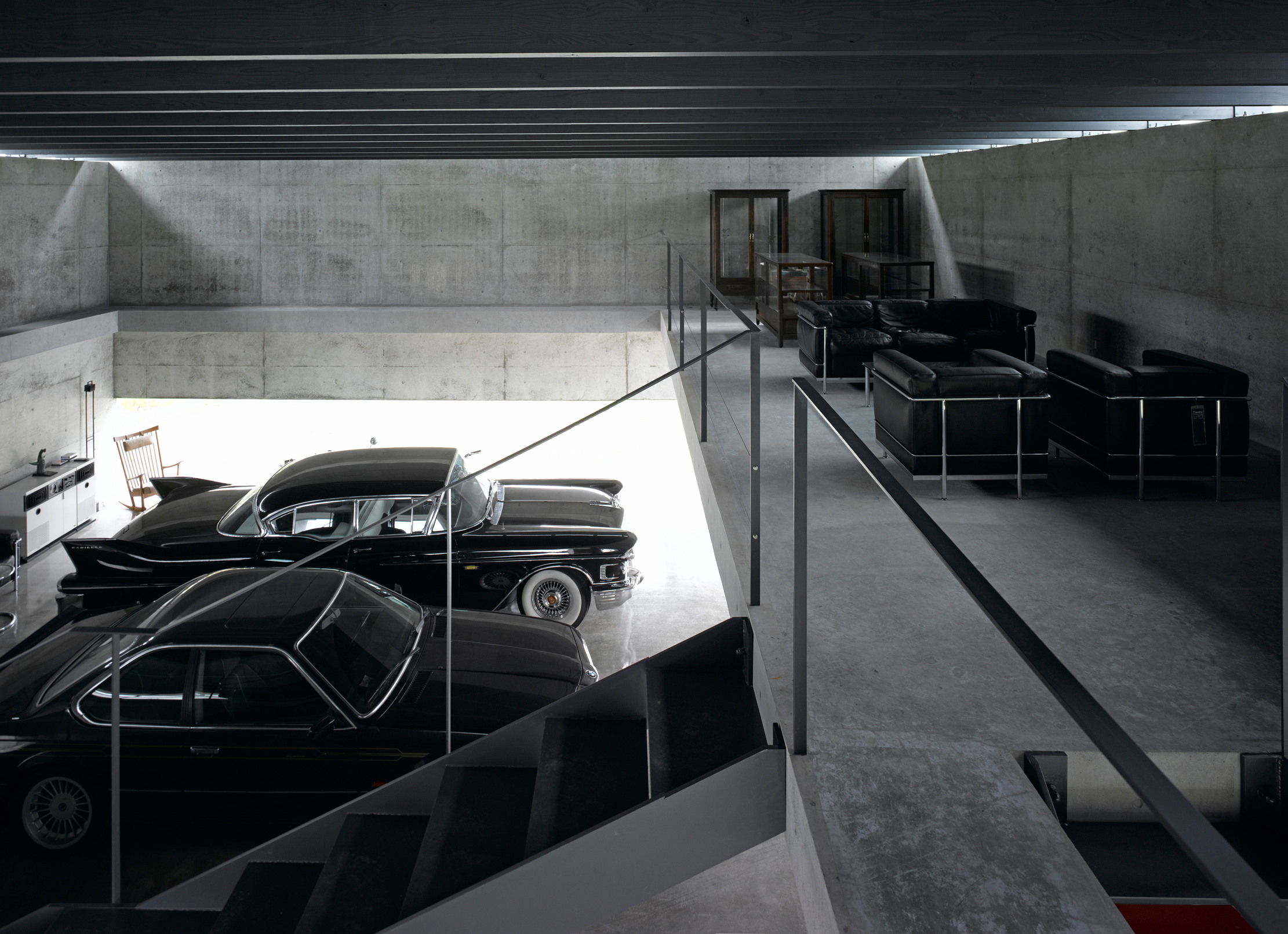The life and times of Lancelot ‘Capability’ Brown
Brown unquestionably produced some of the best classic landscaping ever undertaken for British country house owners


A prophet is not without honour, save in his own country. Lancelot 'Capability' Brown is commended throughout the world as the master of the English landscape garden, but at home, he was once frequently dismissed as a vandal who destroyed large numbers of illustrious formal gardens.
Some of his critics in his own time were embittered rivals, such as the architect William Chambers, who protested that if the Brownian trend continued, we would not retain three trees in a straight line between Land's End and Berwick-upon-Tweed; others were grudgingly admiring, like the poet Richard Owen Cambridge, who hoped to die before Brown so that he could see Heaven before the improvements.
In fact, what Brown did was to build on his experience of remodelling the prototype landscape garden at Stowe, initially to the designs of William Kent, and then extend that thinking to the transformation of gentlemen's parks across England, often retaining existing features such as avenues while fashioning the scene into an integrated vision of ‘improved' countryside, with framed views within and beyond the site to a range of eyecatchers.
Brown's style is readily recognisable. The view from the house at Compton Verney reveals a glass-like serpentine lake, crossed by a stone bridge, and the ground rises in rounded forms on either shore. The house at Weston Park looks out across a ha-ha into a smoothly grazed park with groups of trees receding at intervals like stage scenery, with shrubbery walks around James Paine's Temple of Diana visible in the middle distance.
At Harewood House, the encircling belt of trees is broken at one point to frame a view to the distant visual drama of Almscliffe Crag. The atmosphere of calm serenity, expressing Edmund Burke's contemporary ideal of the Beautiful, was achieved by accurate surveying and prodigious feats of earthmoving to achieve the desired curvaceous undulations.
Driving his prolific output-more than 200 commissions, typically on a huge scale-was Brown's professionalism. He was decisive in assessing the ‘capabilities' of the site, expert at organising the task through foreman-led workforces, and efficient in his business.
Although clients were occasionally daunted by his straight-forward approach, they were delighted by his financial prudence. Lord Coventry observed that ‘Mr Brown has studied both my place and my pocket, which are not always conjunctively the objects of prospectors'.
Sign up for the Country Life Newsletter
Exquisite houses, the beauty of Nature, and how to get the most from your life, straight to your inbox.

The measure of Brown's success is summed up in William Whitehead's 1787 poem, The Late Improvements, in which the shade of the great man, walking in his park at Nuneham Courtenay, meets Dame Nature. A debate ensues as to which of the two had the greater influence on the beauties of the scene around them. After Brown has recited his contributions, Dame Nature retires, deflated, but soon rallies as the realisation dawns that:
The world's little malice will balk his design: Each fault they'll call his, and each excellence mine.
The life and times of Capability Brown
1740s
Born in rural Northumberland, Lancelot Brown made his name as head gardener at Stowe during the 1740s, where he implemented the pioneering layouts of William Kent and others that were transforming the grand geometry of the Baroque into the undulating lawns and loose groves of a new Arcadia, as viewed across a ha-ha. His employer, Lord Cobham, loaned him to several other landowners before he struck out on an independent career as an ‘improver'.
1750s
Brown's style developed over the next 30 years, but essentially expanded Kent's informal lines to cover the whole scene visible from the the house. His first great solo project was for the Earl of Coventry at Croome Court, where he acted as architect as well as forming a circuit walk along a ridge above the park, leading the visitor along cedar-crowned groves to a lake. He was soon in demand for large (Petworth, Burghley) and small (David Garrick's villa by the Thames) projects. He used trees to frame desirable views and screen unsightly objects, and planted ornamental gardens more frequently than is now realised.
1760s
This was the flood-tide of Brown's career, as his style, now in huge demand, became ever cooler and more expansive in a progression towards Minimalism. In 1764, he was appointed Master Gardener to George III, but this relative sinecure did nothing to hinder his burgeoning practice, so that he was obliged to leave foremen in charge of projects for months at a time, some of whom, such as Thomas White and Adam Mickle, later set out on successful independent careers. The parks at Harewood, Blenheim and Wimpole all date from this period.
1770s
Brown continued to prosper, sometimes collaborating with his son-in-law, the architect Henry Holland, as at Berrington Hall, where the neo-Classical house gazes westward across the ha-ha to the distant silhouette of the Black Mountains. Although Brown never published his ideas, he wrote in reply to a polite enquiry of the need for ‘a good plan, good execution, a perfect knowledge of the country and the objects in it, whether natural or artificial, and infinite delicacy in the planting... place-making, and a good English garden, depend entirely upon principle and have very little to do with fashion'.
1780s
By the time of his death in 1783, ‘Capability' Brown was the most famous garden-maker in Europe. One evening, returning from dinner at Lord Coventry's London town house, Brown fell dead in the street, probably from an attack of asthma, from which he had suffered all his life. A former client, Elizabeth Montagu, recalled him as ‘an agreeable, pleasant companion, as well as a great genius in his profession'.
Country Life is unlike any other magazine: the only glossy weekly on the newsstand and the only magazine that has been guest-edited by HRH The King not once, but twice. It is a celebration of modern rural life and all its diverse joys and pleasures — that was first published in Queen Victoria's Diamond Jubilee year. Our eclectic mixture of witty and informative content — from the most up-to-date property news and commentary and a coveted glimpse inside some of the UK's best houses and gardens, to gardening, the arts and interior design, written by experts in their field — still cannot be found in print or online, anywhere else.
-
 Five beautiful homes, from a barn conversion to an island treasure, as seen in Country Life
Five beautiful homes, from a barn conversion to an island treasure, as seen in Country LifeOur pick of the best homes to come to the market via Country Life in recent days include a wonderful thatched home in Devon and a charming red-brick house with gardens that run down to the water's edge.
By Toby Keel Published
-
 Shark tanks, crocodile lagoons, laser defences, and a subterranean shooting gallery — nothing is impossible when making the ultimate garage
Shark tanks, crocodile lagoons, laser defences, and a subterranean shooting gallery — nothing is impossible when making the ultimate garageTo collectors, cars are more than just transport — they are works of art. And the buildings used to store them are starting to resemble galleries.
By Adam Hay-Nicholls Published